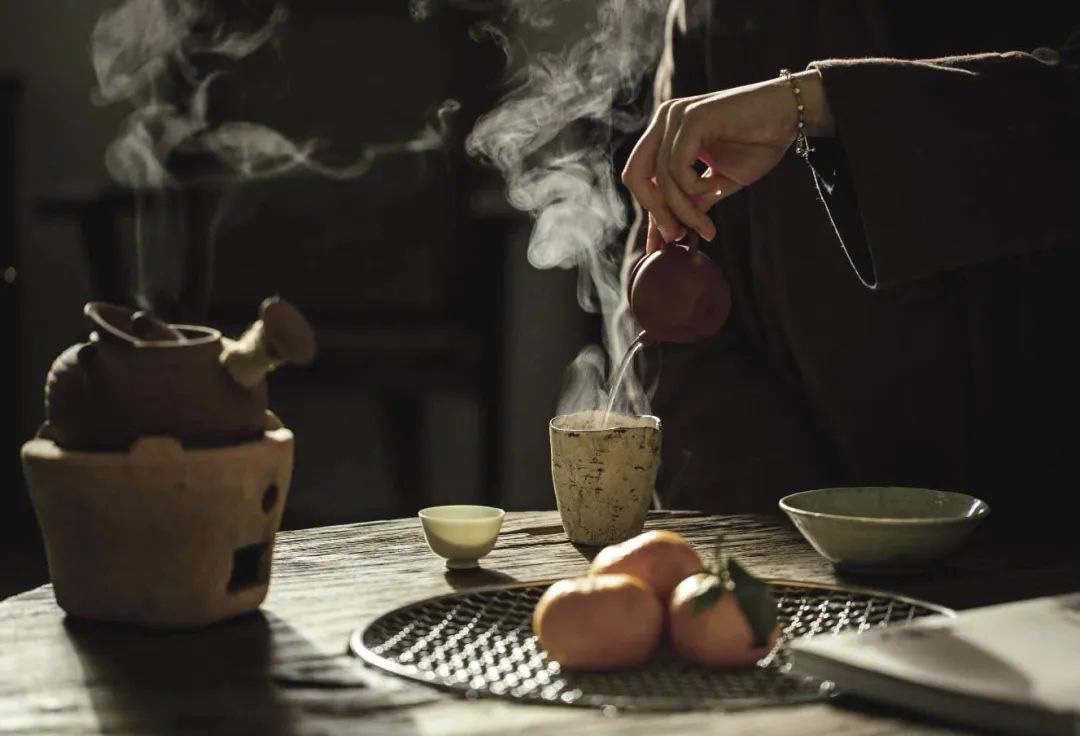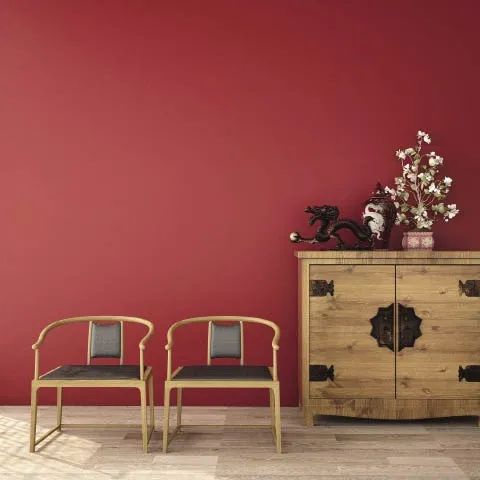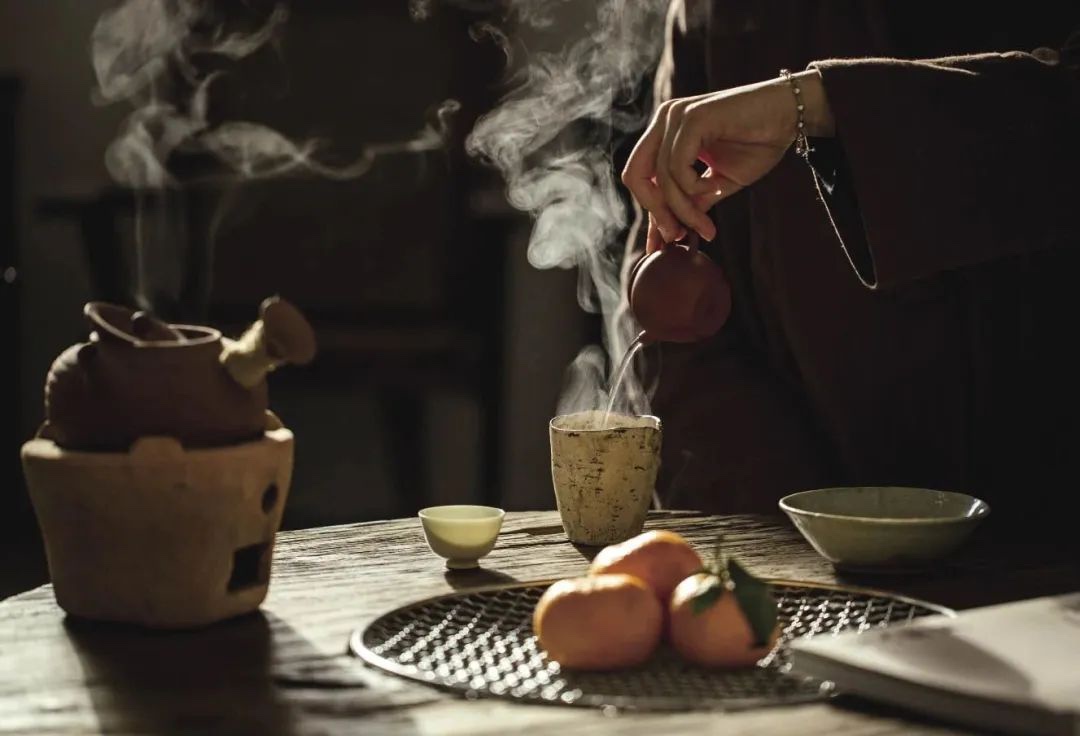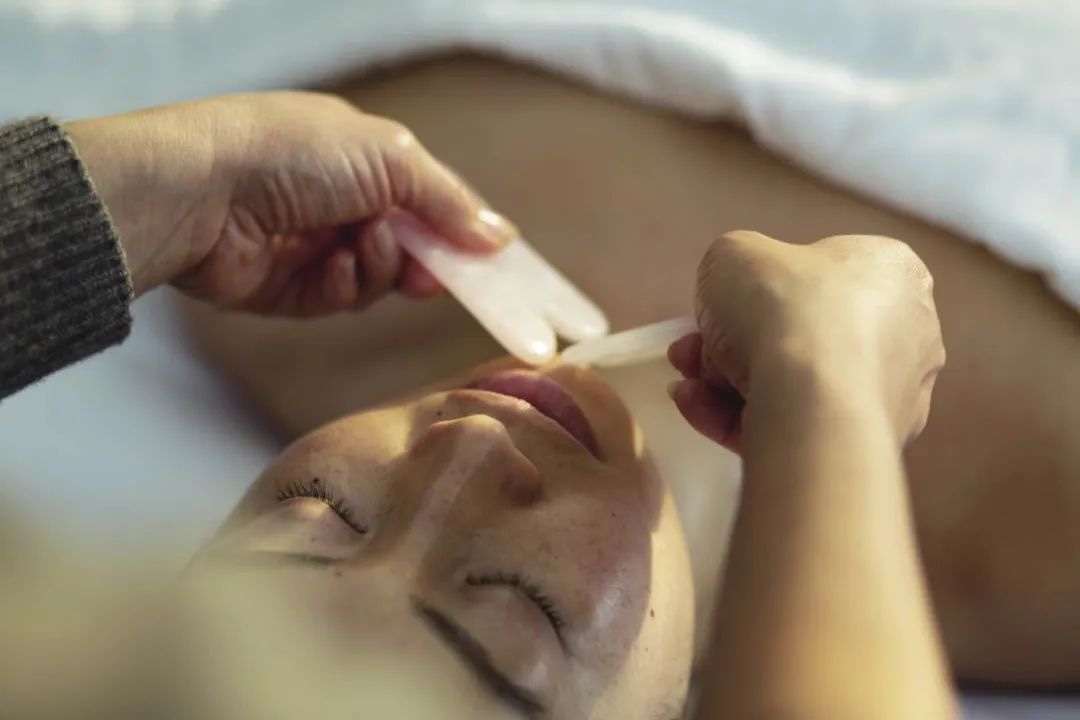
China is a country that has a rich history and culture, and tapping into that is becoming more and more popular.
The national trend or guochao ( 国潮 ) movement is all about embracing traditional Chinese culture elements in modern life. Its influence can be seen in the clothes that are in fashion, the brand of beauty product you use, and how you spend leisure time.
It is a continuation of the new Made in China push that started in the 2010s, but by 2022 the movement has grown and evolved, proving its staying power and strong roots in shaping the modern Chinese identity.
In fashion, the guochao movement has evolved into Neo Chinese Fashion ( 新中式 ), which is characterized by the subtle incorporation of Chinese elements such as modern dresses with frog buttons, or using traditional patterns and fabrics.
Foreign brands have chosen to collaborate with Chinese artists as one way to pay homage to the national culture.

Another expression of guochao is supporting home grown Chinese brands. Chinese sportswear brand Li-Ning is held as a leading example of guochao. The brand burst onto the scene with its successful 2018 line of patriotic-styled gear.
Embracing heritage can also be seen in the restoration of historic buildings in Shanghai. One such example is the Prada Rongzhai building in Jing’an. The mansion was originally built in 1918 as the residence of industrialist Rong Zongjing. After Prada restored the building, it opened in 2017 as an event and gallery space.

But a country with as rich and as long a history as China is hard to master for a newcomer. Guochao needs to be authentic to resonate with its audience and succeed.
Stove-boiled tea is the latest fad in the slow living and guochao trends. It involves tea leaves that are roasted on a grill before being slow boiled on a charcoal stove. According to Jing Daily, the fad comes from tea practices of ethnic minorities in Yunnan Province and is similar to the ancient way of making tea during the Ming Dynasty in the 14th Century. The stove-boiled tea method adds a camping and Do-It-Yourself flare to tea culture.

China’s teahouse culture has a prominent place in traditional and modern culture. Tea is meant to be appreciated and savored leisurely in a social atmosphere. Great care is taken in preparing and selecting the best quality leaves, with a premium aged pu'er tea brick recently fetching a record high in the million RMB range.
Comparable to the variety of wine grapes, factors like the harvest time, the age, and the climate all affect the taste and character of tea leaves. Visit one of Shanghai’s tea market (Tianshan Tea City: 518 West Zhongshan Road) to meet vendors that can teach you how to appreciate tea the Chinese way.
Interest in Traditional Chinese Medicine (TCM) drives the growth of the Chinese beauty market, also called C Beauty. Look to recent popular interest in jade rollers and guasha among worldwide beauty influencers. These two TCM methods are ancient practices of facial care to help stimulate circulation and exercise the facial muscles.

TCM’s influence is also seen in the ingredients of beauty products. Take Shanghai brand Herborist as an example. The brand infuses natural ingredients know for their specific benefits like jujube and goji berries. Recently Sephora started promoting C Beauty brands including Herborist through its international network, making the products available in new countries.
Another Sephora brand partner is Cha Ling. The Sino-French brand is owned by LVMH and also uses TCM wisdom in the formulation of its products. Ingredients like pu'er tea boasts anti-oxidant properties and represents the cha (tea) in Cha Ling.
The identity of modern China is constantly being written, and a pride of the past guides the future.